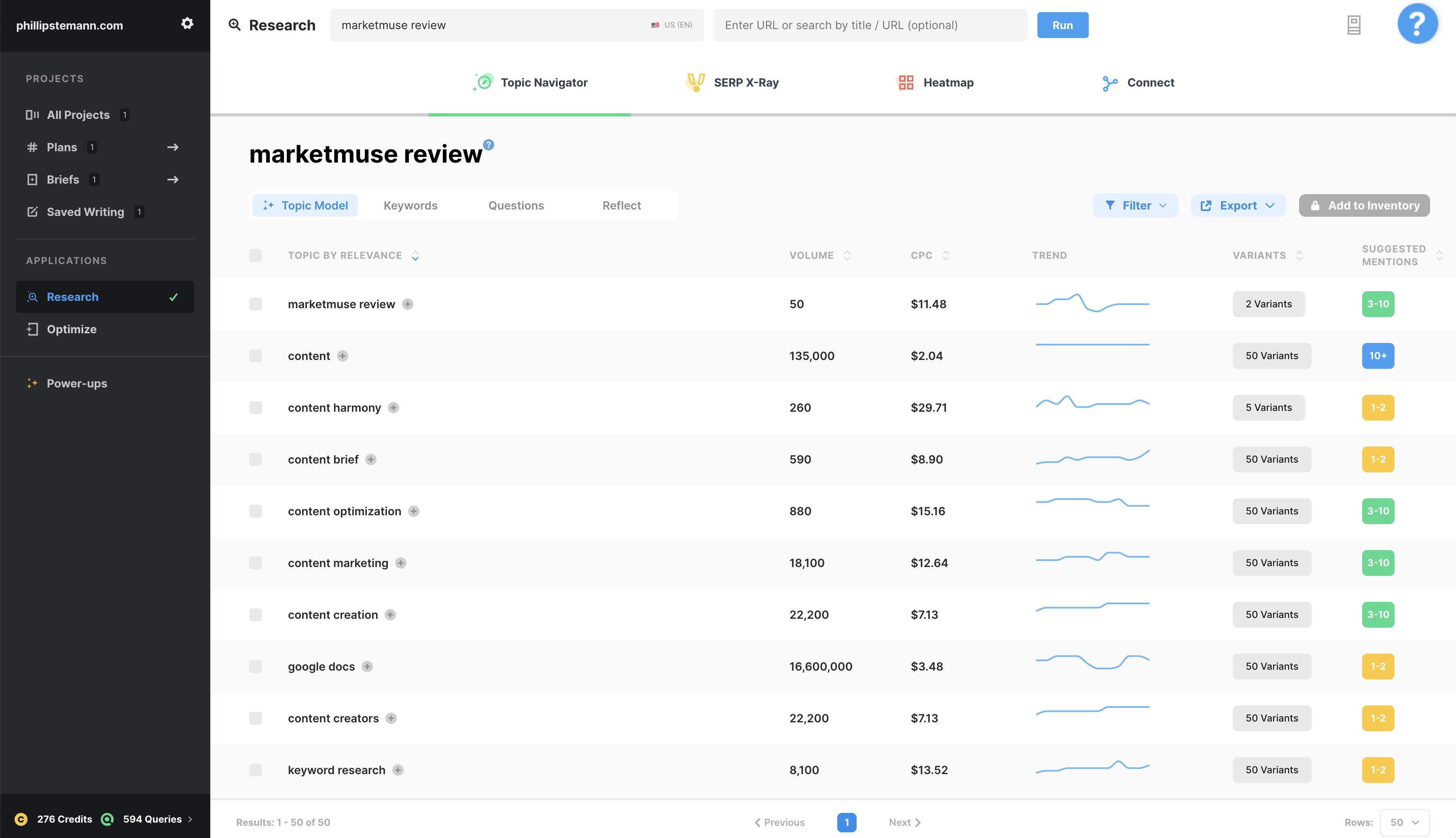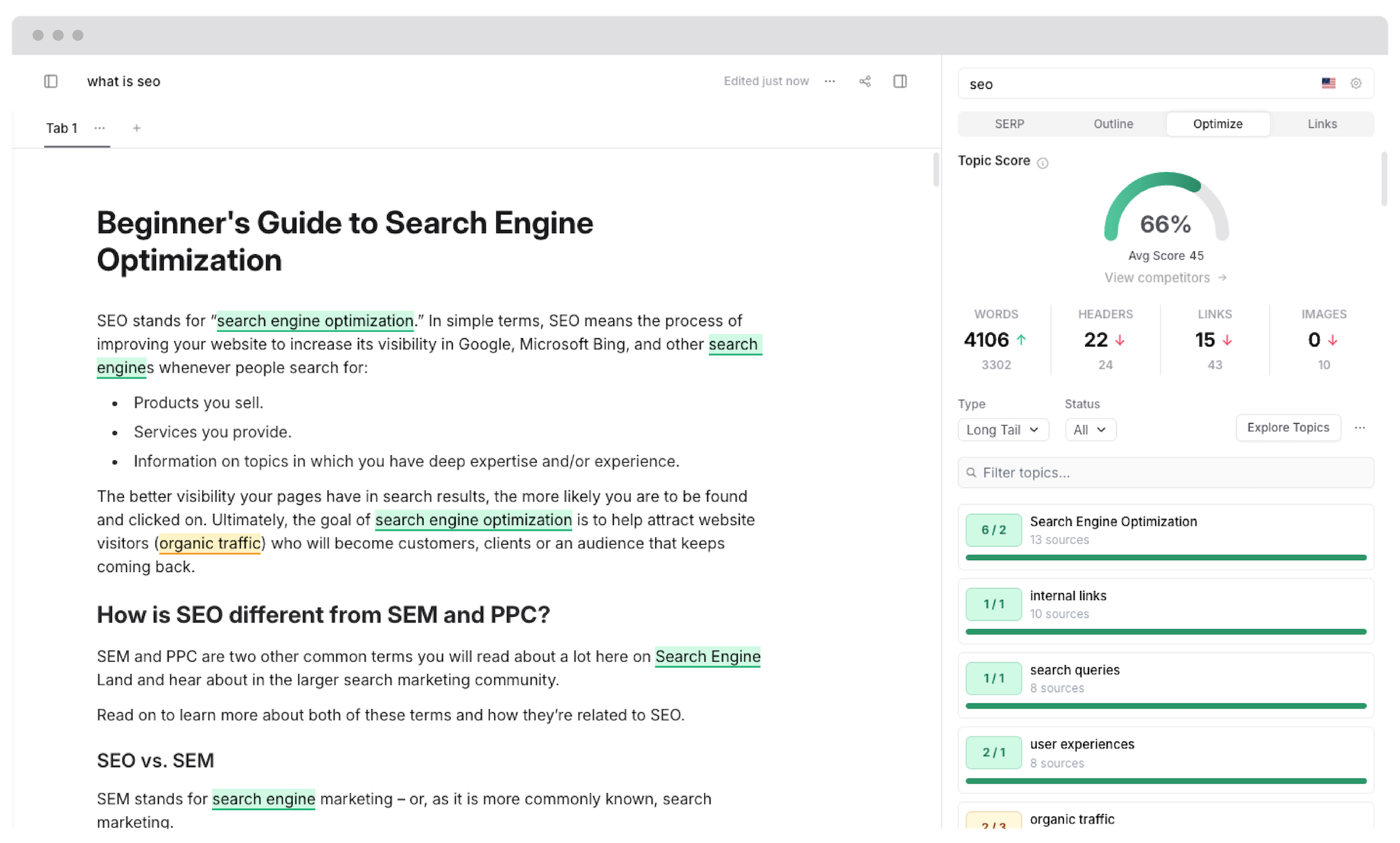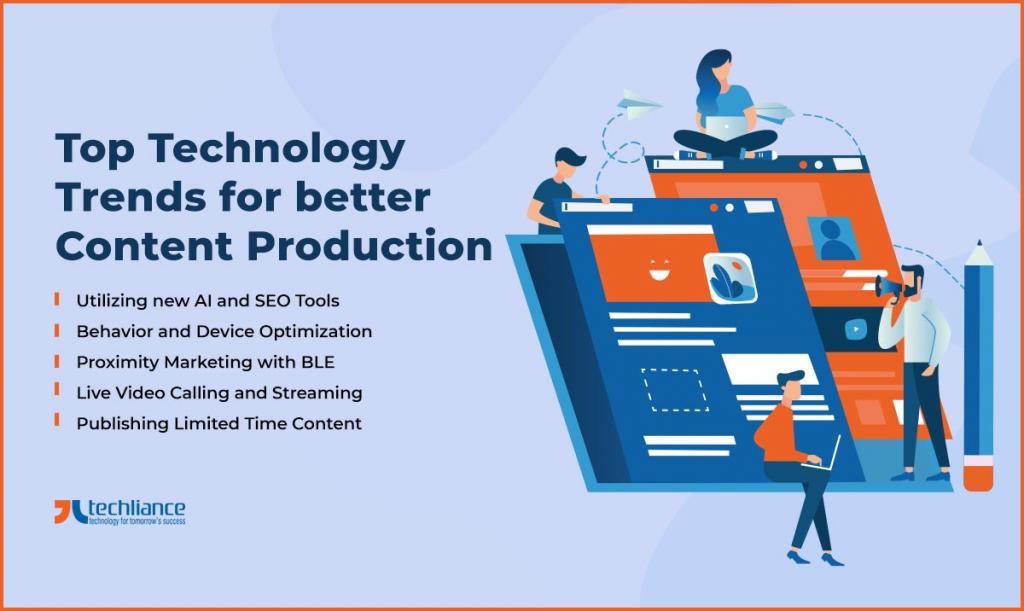The landscape of content creation is changing rapidly, thanks in part to advancements in artificial intelligence (AI). If you're a content strategist or digital marketer, using AI gap analysis can offer valuable insights and help you identify opportunities to enhance your content strategy. This guide will explore how AI can optimize your approach, making content more efficient and personalized.
You will learn how to leverage data to improve your content strategy, discover tools that can identify gaps in your existing content, and explore ways to outperform your competitors with data-driven strategies. Additionally, we will discuss weaknesses to look for in competitor content and how to anticipate upcoming content trends using AI.
By understanding and implementing these strategies, you can elevate your content marketing efforts while ensuring your approach remains competitive and relevant.
Unlocking the Power of AI in Content Strategy
AI plays an increasingly vital role in content strategy, offering extensive capabilities for data collection and analysis. With AI tools, you can analyze vast amounts of data to extract actionable insights that can enhance your content creation processes. Adopting AI technologies allows you to optimize not only for visibility but also for user engagement.
Utilizing a data-driven approach in your content strategy yields numerous benefits. Research indicates that companies employing data analytics are five times more likely to make faster decisions compared to their competitors. Furthermore, over 60% of marketers recognize the positive impact of data on strategy planning.
Several AI tools can significantly improve your content optimization efforts, among which MarketMuse and Frase stand out. These platforms provide advanced functionalities for conducting gap analysis, gaining competitor insights, and facilitating content planning.
An infographic illustrating the critical role of AI in content strategy, showcasing statistics that highlight performance improvements due to AI applications (Source: Analyzing Alpha)
Finding and Filling the Gaps: AI Tools for Content Analysis
To effectively identify gaps in your content, you need robust tools that offer insightful analysis. MarketMuse and Frase are two leading AI platforms designed for this purpose.
MarketMuse provides an AI-powered insights engine that helps you analyze and optimize content against industry standards. This tool can create content briefs, perform topic clustering, and offer personalized difficulty scores for writing topics. It’s particularly beneficial for larger enterprises looking to establish authority on specific subjects.

A screenshot of the MarketMuse interface, demonstrating its research module designed to assist users in content analysis and optimization (Source: Phillip Stemann)
Conversely, Frase focuses more on content optimization for SEO. Its intuitive text editor can evaluate your content against that of competitors, providing recommendations on keyword usage and overall content structure. This tool is especially useful for small to medium-sized companies looking to boost their online visibility.

A screenshot showcasing the Frase dashboard, highlighting how this AI tool assists in creating content efficiently (Source: Frase)
By utilizing these tools, you can gain significant insights into your content’s performance and identify areas for improvement, ultimately enhancing your marketing strategies.
Using AI Data to Outshine Competitors in Content Strategy
AI-powered tools are invaluable for analyzing your competitors’ content strategies. The objective is to pinpoint weaknesses in their offerings and create content that not only addresses these gaps but also excels in performance.
Start by using MarketMuse or Frase to conduct a thorough competitor analysis. Identify the types of content that engage audiences the most for your competitors. Look for patterns in the content types they produce, the topics they prioritize, and how they use keywords effectively.
Once you gather this data, you can develop a content plan that leverages your competitors' weaknesses. For example, if a rival has inconsistently addressed a category of user queries, consider crafting comprehensive content that thoroughly answers those questions. This strategy places you in a strong position to perform better in search rankings.
A compelling case study comes from Tomorrow Sleep, which utilized MarketMuse to overhaul its content strategy. As a result, they experienced a staggering 10,000% increase in website traffic. This example highlights the potential benefits of data-driven strategies in gaining a significant competitive advantage.

A comparison chart illustrating the differences between a company's offerings and those of its competitors (Source: SlideGeeks)
Predicting the Future: Leveraging AI to Spot Content Trends
AI's capabilities extend beyond current analysis; they also serve in anticipating future content trends. By employing predictive analytics, your marketing strategy can be proactive rather than reactive.
AI-driven tools can identify patterns in consumer behavior, enabling you to anticipate upcoming content trends before they gain widespread attention. Combining AI insights with tools like Google Trends allows for a clearer picture of how particular topics rise in popularity over time.
Moreover, analyzing historical data with AI can provide insights into shifting consumer preferences. This approach allows marketers to adapt their strategies, ensuring that their content remains relevant in a rapidly evolving market. Notably, research indicates that by 2025, over 30% of newly created content will be produced using AI technologies.
Research from Gartner suggests that the methods of content creation and optimization will see dramatic changes over the next few years due to AI advancements.

A graph showcasing trends over time, which can help marketers understand data performance and future insights (Source: AnyChart)
Case Studies: Successful AI Implementation in Content Strategy
Real-world examples of AI in content strategy demonstrate its powerful impact. One notable case is Vanguard, which implemented AI for personalized messaging, resulting in a 15% increase in conversion rates in the competitive financial services industry.
Coca-Cola also employed AI for its "Share a Coke" campaign, using data analytics to tailor marketing messages. This strategy led to a 2% increase in sales and an 870% boost in social media engagement, underscoring how AI can drive measurable business outcomes.
Similarly, Adobe utilized AI to enhance content discovery through chatbots, which generated an additional $10.8 million in revenue by improving the user experience on their site.

A visual representation of key metrics from successful case studies, showcasing the impact of AI on content strategies (Source: Uplift Content)
These case studies effectively illustrate that adopting AI not only enhances efficiency but also improves engagement and conversion rates.
Best Practices and Challenges in Integrating AI Into Content Workflows
Integrating AI tools into your content workflow can be a game-changer. To do this effectively, consider adhering to a few best practices.
Start by defining clear objectives for the integration. This clarity will help you choose the right AI tools that align with your goals. It’s also wise to pilot your chosen tools in a smaller environment before full implementation.
Monitoring and evaluating the performance of integrated tools is essential. Regular assessments will ensure they align with your business objectives and enable you to adapt when necessary.
However, challenges can arise. Employees may resist new technologies, and integrating AI could necessitate changes to existing workflows. Encouraging a culture of collaboration and openness to change is vital; ensure that your team is well-trained and supported through the transitional phase.

A flowchart demonstrating the best practices versus challenges when integrating AI into content workflows (Source: Website Files)
The Best Ways Forward: Future Trends in AI Content Creation
The future of content creation looks promising, primarily due to ongoing advancements in AI. Emerging trends indicate a pivot toward hyper-personalization, where AI will better understand user intent and context, allowing for content that is increasingly tailored to individual needs.
Another trend is the development of multimodal content generation capabilities, enabling AI tools to produce text, images, audio, and video content seamlessly. This integrated approach will allow marketers to maintain consistency across various formats and platforms.
Additionally, predictive SEO will fundamentally transform how you plan and implement your content strategies. AI will analyze substantial data sets to forecast shifts in user behavior and search patterns, helping you stay ahead in the competitive landscape.

An image illustrating various future trends in technology related to content creation, conveying how AI will shape the industry (Source: Tech Lianc)
By keeping informed about these trends and being ready to adapt, you can ensure that your content strategy remains competitive and effective for the foreseeable future.
Conclusion
Incorporating AI gap analysis into your content creation strategy presents a valuable opportunity for improvement. By understanding how to leverage data effectively, you can tailor your content to better meet audience needs while also outpacing competitors.
By employing tools like MarketMuse and Frase, you can gain deep insights into content performance and identify areas for enhancement. As you implement these strategies and remain aware of emerging trends, you position yourself and your organization for success in a rapidly changing digital environment.
Embracing AI means you're not only keeping pace with the industry but also leading the way toward more effective, data-driven content strategies. The path may have challenges, but with the right tools and strategies in place, the potential for growth and improved performance is substantial.

Comments (0)
Sign in to participate in the discussion or .